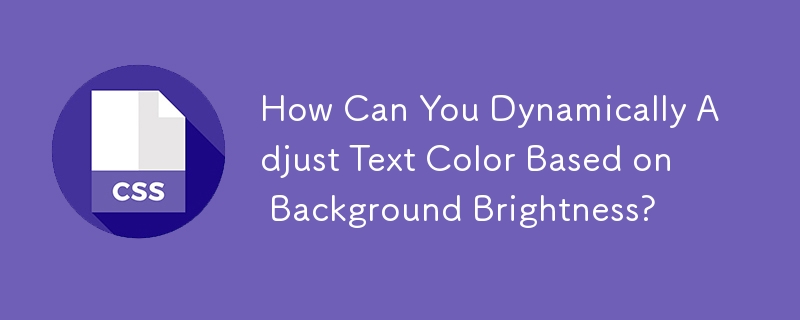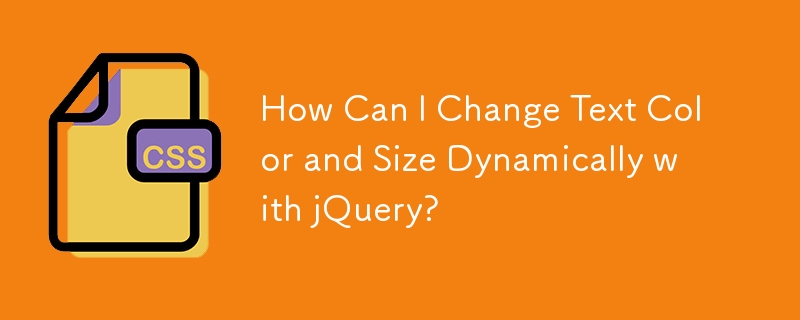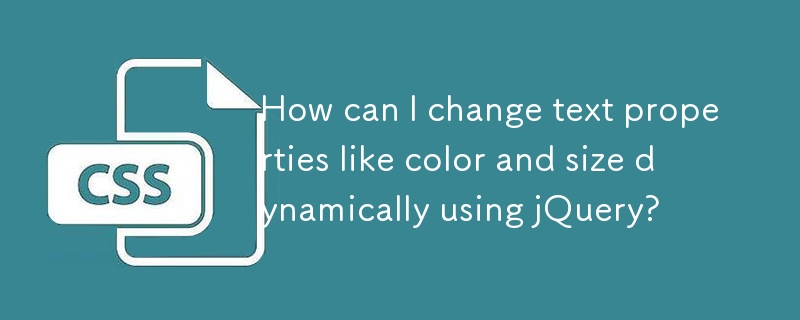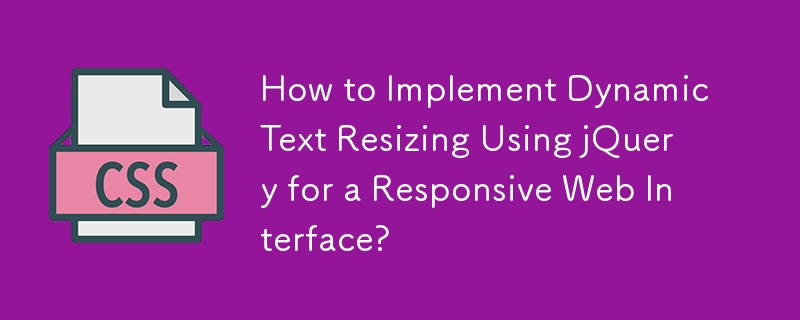Found a total of 10000 related content
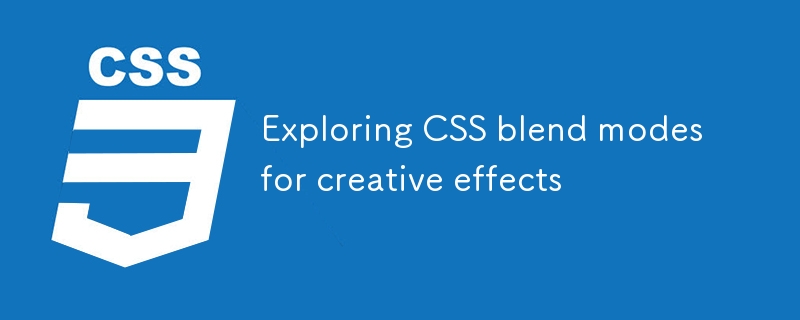
Exploring CSS blend modes for creative effects
Article Introduction:CSSblendmodes is a color blending effect achieved through the mix-blend-mode and background-blend-mode properties. 1.mix-blend-mode is suitable for the entire element and its content; 2.background-blend-mode only affects between background layers. It is common in scenes such as image overlay, text and background fusion, such as text penetration, background texture fusion, and button highlighting effects. When using it, you need to pay attention to the effects of performance, browser compatibility and color mode. Debugging can be modified and observed in real time through developer tools.
2025-07-05
comment 0
215


How to use CSS variables with HTML5?
Article Introduction:CSS variables effectively manage styles by defining, using, dynamically updating and processing fallbacks. First, use -- to define variables in:root or specific elements, such as --primary-color:#007bff; then call them through the var() function in the style, such as background-color:var(--primary-color); then dynamically modify and change the value of the variables to achieve theme switching and other effects; finally, provide alternate styles for old browsers to ensure compatibility, such as setting background-color:#007bff as fallback.
2025-07-14
comment 0
450
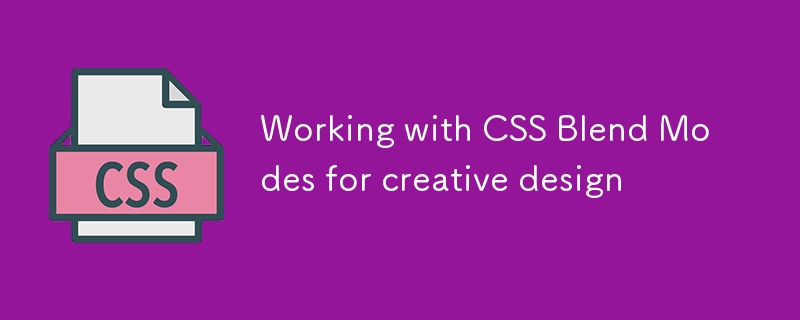
Working with CSS Blend Modes for creative design
Article Introduction:CSSBlendModes realizes color fusion between elements through mix-blend-mode and background-blend-mode attributes, improving the visual level. 1. Mix-blend-mode controls the mixing method of elements and the content below; 2. Background-blend-mode controls the mixing between multiple background layers; 3. Common modes such as multiply, screen, and overlay can be used for background overlay, text effects and card light and shadow effects; 4. When using it, you need to pay attention to compatibility, performance impact, color control and hierarchical structure issues.
2025-07-12
comment 0
332

10 Magicial jQuery Text Effect Plugins
Article Introduction:10 magical jQuery text special effects plugins to make your website stand out! jQuery is not only used for menus and animation effects. With jQuery, you can also create attractive text effects and cleverly use text to communicate effectively with users. Through this collection, you can create text gradients, text fly-in effects, text glows, and more. Enjoy it!
Codename Rainbows
We use some JavaScript and CSS magic to apply a two-color gradient for any text. Shadows and highlights can also be applied. This is especially effective in large websites or dynamic content, as it is impractical to create images for each instance in these cases.
source
jQuer
2025-03-07
comment 0
1169

jQuery Change CSS Dynamically - It's Easy!
Article Introduction:Key Takeaways
jQuery provides an easy way to dynamically change CSS styles on a website, using the .css() function to modify specific properties, such as color, float, background-color, and many more.
In addition to modifying existing CSS styles
2025-03-03
comment 0
1092

Conditional formatting in Outlook tables
Article Introduction:This tutorial demonstrates how to implement conditional formatting in Outlook tables, dynamically changing cell text and background colors based on dropdown selections. We'll use a dataset to link discount percentages to specific color codes.
Prepar
2025-03-31
comment 0
567

How to set interface color in navicat
Article Introduction:The interface color can be set in Navicat by selecting the Interface tab by selecting the Interface tab in the Tools menu. Choose from light, dark, dark or custom themes and further customize the colors of the background, foreground, border and text. After applying the changes and restarting Navicat, the interface color can be updated.
2025-04-09
comment 0
1106
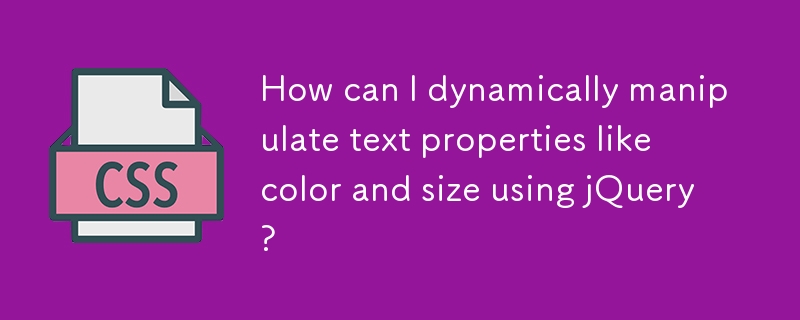

How to add text to a photo in Photoshop
Article Introduction:Use Photoshop to add text to photos to follow the following steps: 1. Select the right tool: Use the text tool (T-shaped icon) to enter text, select horizontal or vertical rows, and set the font, size and color in advance; 2. Adjust the style and position: Adjust the style through the option bar or panel, such as adding a translucent background box, stroke effect, changing color contrast, etc.; 3. Let the text be integrated into the picture style: match the font according to the picture style, try embossing effects, blending modes, projection and other methods to enhance the sense of nature.
2025-07-13
comment 0
1010
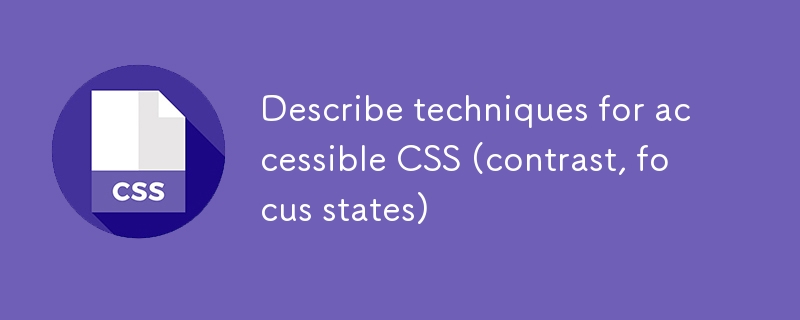
Describe techniques for accessible CSS (contrast, focus states)
Article Introduction:Contrast and focus state are two key points in building an accessible website. The specific methods include: 1. The contrast between text and background is at least 4.5:1, and the large text is 3:1; 2. Use tools to test contrast, avoid light gray text, and appropriately darken colors or strokes to improve readability; 3. Avoid pure red and green color matching, and maintain basic readability of decorative text; 4. Design the interactive element with clear focus state, use focus-visible to set styles, add animations or highlight changes; 5. Not only do you rely on colors to distinguish focus, but also combine dotted borders, background color changes or icon prompts; 6. Test the smoothness of keyboard operation, pay attention to removing focus, form error information when the button is disabled and with icons or text prompts; 7. Limit the focus to pop up when the modal pop-up window is opened.
2025-07-17
comment 0
677

10 Simple CSS and JavaScript Micro-interactions for Buttons
Article Introduction:Web button micro-interaction design: Ten tips to improve user experience
This article will introduce ten simple ways to add micro-interactions to web buttons to enhance user experience and make the website more attractive.
Core points:
Enhanced user experience: Microinteraction provides instant feedback, improve user participation, and improve overall user experience.
Multiple effects: The tutorial covers a variety of effects such as sound, border animation, 3D transformation, and more complex interactions such as shape and text changes.
Accessibility and Interaction: Sound-based micro-interactions are especially useful for improving accessibility, especially on mobile devices.
Use of CSS and JavaScript: All effects are dynamically interspersed through CSS styles and animations and JavaScript
2025-02-08
comment 0
1035
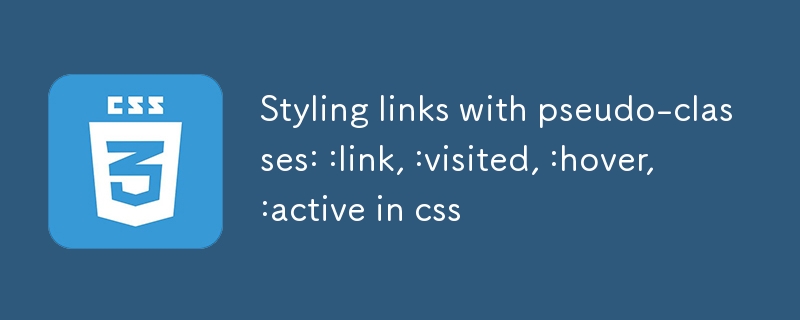
Styling links with pseudo-classes: :link, :visited, :hover, :active in css
Article Introduction:Defining link styles in sequence can avoid overwriting problems. The specific steps are: 1. First set the basic styles of: link (not accessed) and: visited (visited); 2. Then add transition effects and underscores through:hover; 3. Use:active (activate) to achieve click sinking or background changes; 4. Pay attention to the need to optimize the touch feedback of: active on the mobile terminal. At the same time, make sure that the color of the visited link has sufficient contrast and keep the overall style simple and unified.
2025-07-13
comment 0
613

What are layers in Photoshop
Article Introduction:Layers are the core function in Photoshop for separating different parts of an image and editing independently. It is superimposed like transparent paper, supporting individual movement, adjustment of transparency and addition of effects, making it easy to design and modify flexibly. For example, text and background are processed separately. Common operations include creating a new layer (Shift Ctrl N), renaming, adjusting opacity, locking layers, and grouping management. In addition, layer styles such as shadows, gradients and blending modes (such as top-ups, color filters) can enhance the visual effect. It is recommended to name layers and use color labels to improve efficiency and collaboration.
2025-07-10
comment 0
194
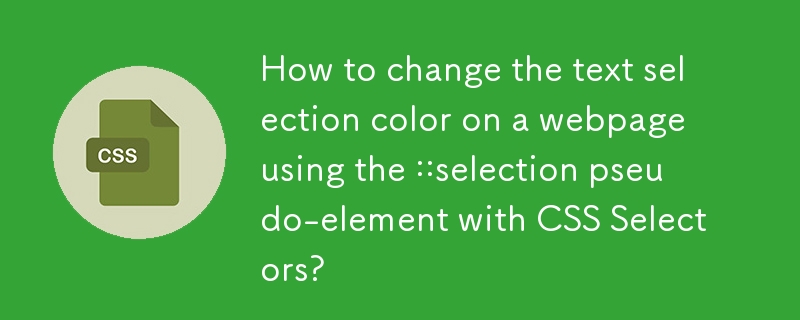
How to change the text selection color on a webpage using the ::selection pseudo-element with CSS Selectors?
Article Introduction:Want to customize the style of text selected by users on the web page? It can be implemented through the ::selection pseudo-element of CSS. ::selection allows setting some properties such as background color, font color, etc. of selected text, but does not support borders or gradient backgrounds. When using it, you can directly apply to specific tags or classes, such as p::selection or .highlight::selection. To ensure compatibility, it is recommended to add the -webkit- prefix to adapt to more devices. In addition, different selectors can be used to set different selection effects for various elements to improve the overall aesthetics of the page and user experience.
2025-07-04
comment 0
996
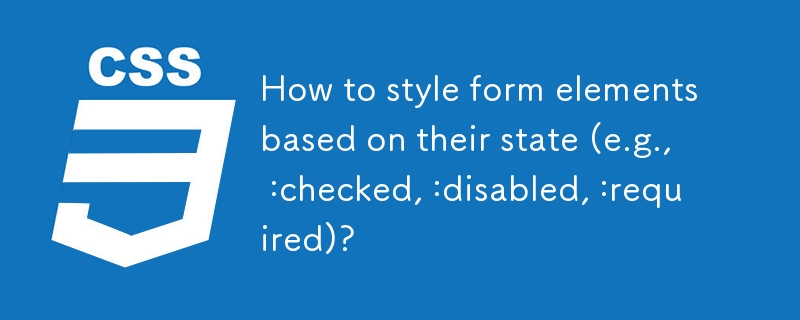
How to style form elements based on their state (e.g., :checked, :disabled, :required)?
Article Introduction:The state style of form elements can significantly improve the user experience, and through visual feedback, users can clearly understand the option status, required items and disable effects. 1. Use: checked pseudo-class to highlight the selected items, and personalize check boxes or radio buttons by hiding native controls and customizing styles; 2. Use: disabled pseudo-class to make the disabled state more intuitive. Common methods include reducing transparency, changing background color and setting the non-clickable cursor; 3. Use: required pseudo-class to identify required items, usually combining border color and red asterisk prompts, and it is recommended to enhance accessibility with text or icons; 4. Pay attention to the casing order when multiple states coexist. It is recommended to follow the default, hover, focus, active, and disabled.
2025-07-14
comment 0
735
